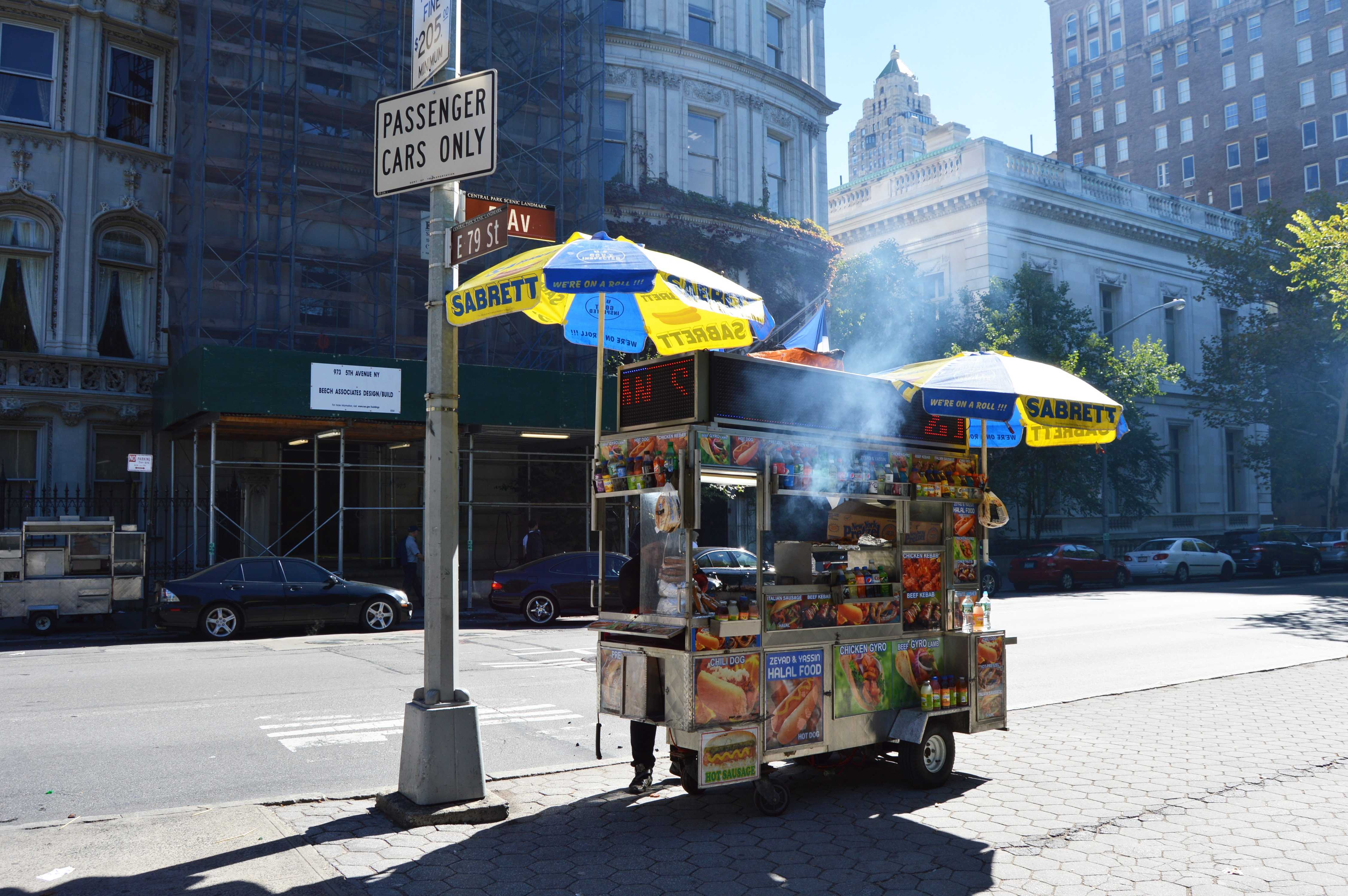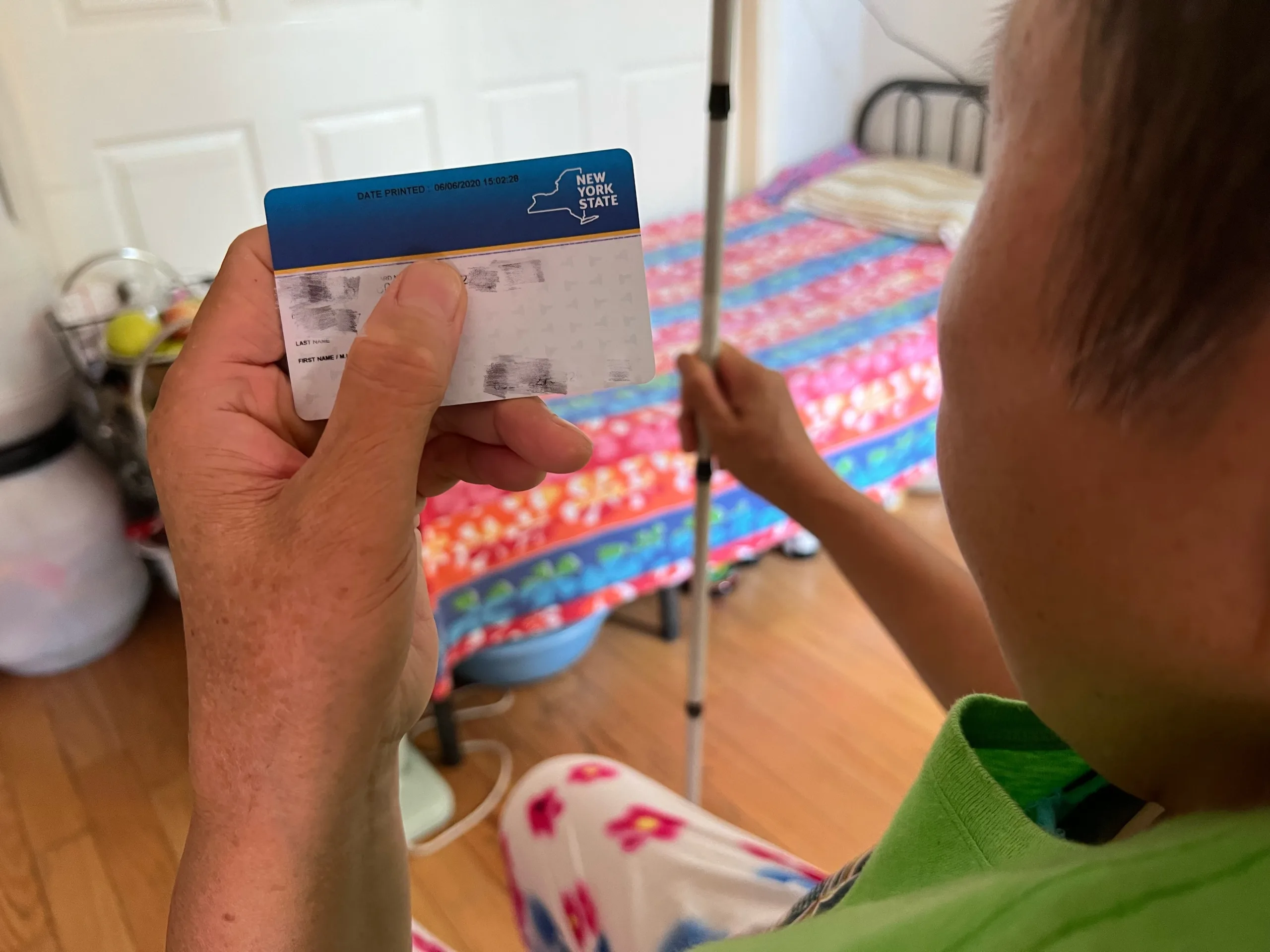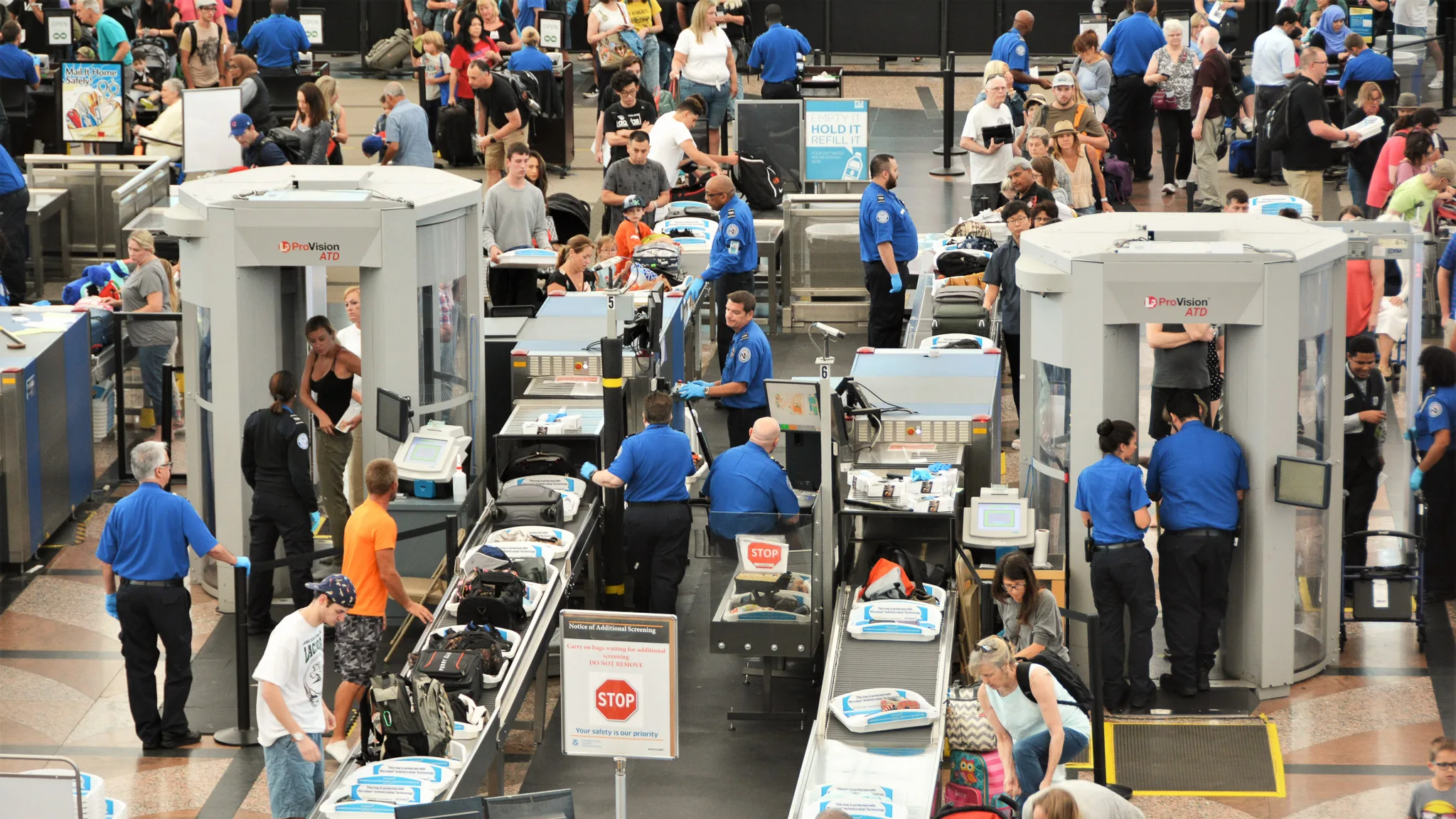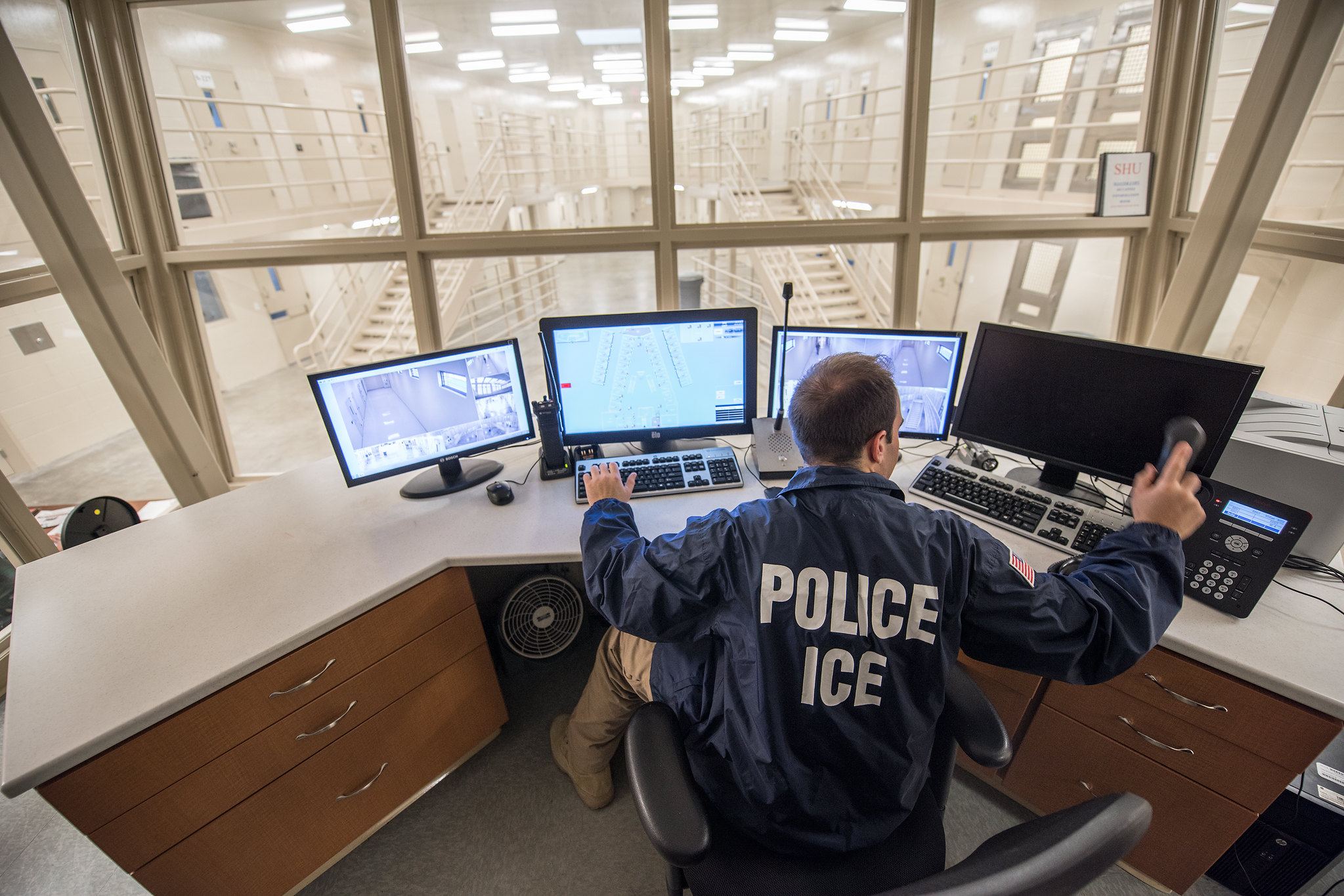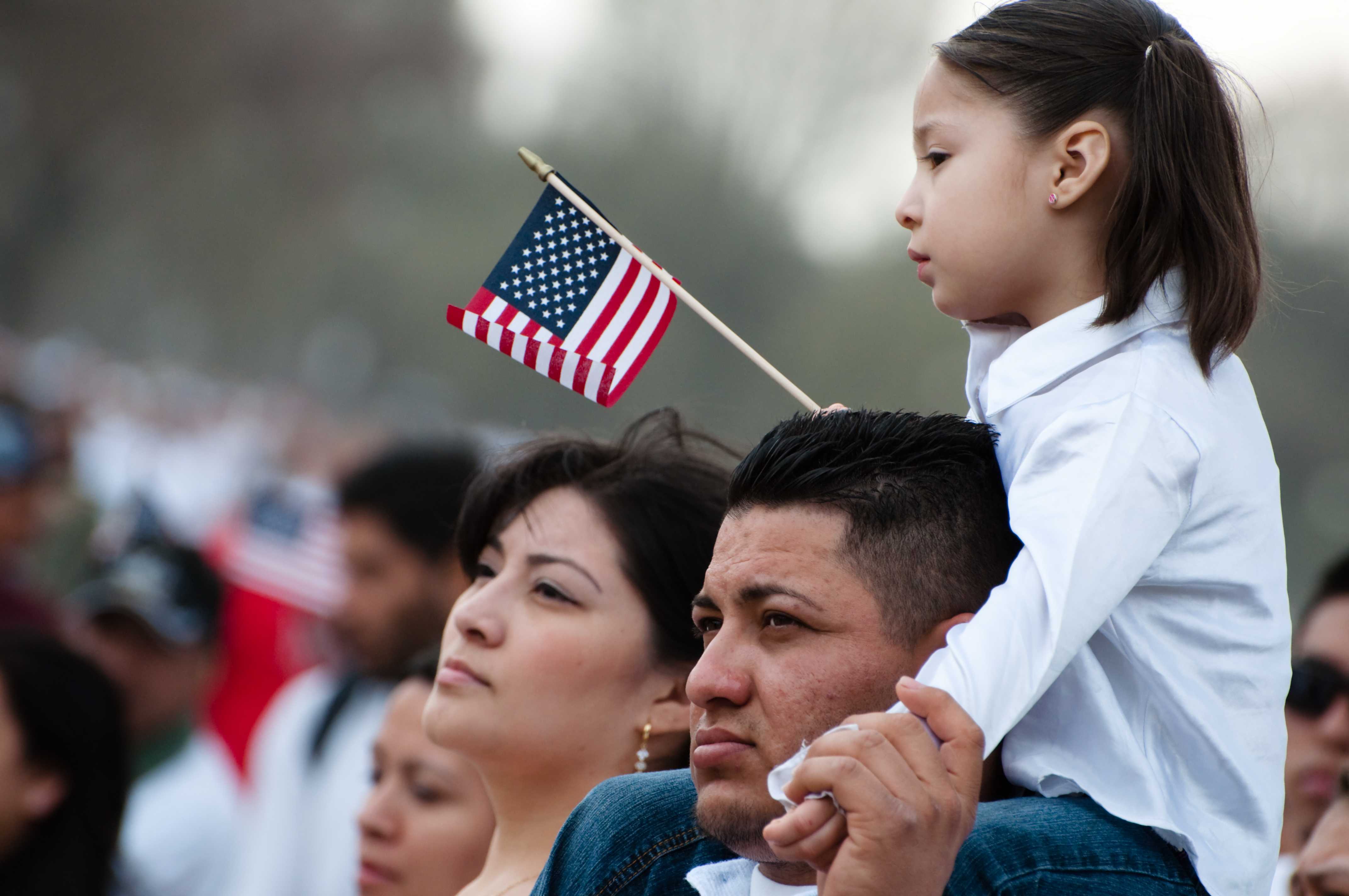New York City’s Health Department will begin issuing letter grade ratings to street food vendors, the agency announced on Friday. It’s similar to the system used for restaurants, but with an added component that has immigrant advocates concerned.
To assign the grades, the department will attach GPS devices to vendors’ carts to track where they are located. The decision to use GPS trackers has been met with fierce backlash from advocates who fear the mostly immigrant street vendors could face privacy concerns if Immigration and Custom Enforcement got ahold of the data. In New York City, about 85 percent of those who own a street food vendors are immigrants.
The Health Department said in a statement that only its staff will have access to the data, according to the New York Post. Matthew Shapiro, the legal director of the Street Vendor Project, said the group supports the grading system but opposes the GPS trackers. New York Post
Documented covered the proposal earlier this summer. Read more here.
Good morning, happy Monday and welcome to Early Arrival. I am Irene Spezzamonte and I am here to take you through the latest in local and national immigration news and analysis. If you have feedback, suggestions, tips or leads, reach out at irene.spezzamonte@documentedny.com.
Have you been enjoying Early Arrival? If so, please share it with a friend or colleague; anyone, really. Forward them this email or send this link to help them subscribe.
For an even more comprehensive look at the week’s immigration happenings, sign up for Early Arrival Premium, Documented’s new subscription newsletter. You’ll get an expanded experience with new and beefed-up sections, specialized news analysis, a look ahead to the week’s immigration events and much more. You can sign up here.
We’re always looking for deeply reported work on immigration in New York. If you have story ideas and are interested in writing for us, reach out at pitches@documentedny.com
Local
One Dreamer’s Journey Through the Immigration System
Jorge Chajon, originally from Guatemala, left his home country for the United States in 2005. But now, Chajon has been detained by Immigration and Custom Enforcement, and WNYC’s Matt Katz has charted his journey from Guatemala until today. Originally undocumented, and then a DACA recipient, Chajon decided to apply for a Green Card in 2016. Financial constraints then prevented him from renewing his DACA permit, and he was arrested by ICE. He’s now spent 448 days in detention at the Elizabeth Contract Detention Center first and at the Essex County Correctional Facility due to the backlog in immigration court. WNYC
Construction Worker Safety Remains Uncertain
A year ago, a construction worker seriously injured himself at a Hudson Yards construction site, starting a heated controversy about the safety of workers — many of whom are Latino immigrants. Following the accident, Local Law 196 was enacted with the aim of reducing injuries in construction sites. It set a specific number of training hours workers needed to complete before working, but that hasn’t exactly worked out. Workers rarely meet their required hours, and construction industry stakeholders report an increase in fraud to demonstrate that quotas have been met. City & State
Bronx Electeds Denounce White Supremacist Hate Group Flyer, Welcome to The Bronx
National
Morale Sucked From Soldiers Sent to Border for Thanksgiving
Troops deployed to the U.S.-Mexico border in response to the migrant caravan heading north through Mexico were not happy with the move. The deployment order lasts until Dec. 15, and will mean troops could miss Thanksgiving with their families for a mission that has dubious intentions. Troops argue they aren’t doing anything National Guard soldiers already at the border couldn’t handle. The deployment led to divisions between the White House and the Pentagon, and could cost taxpayers $200 million if Trump follows through on sending 15,000 troops. The New York Times
Border Patrol Conducts ‘Crowd Control’ Exercises at Southern Border
Agencies beyond the military are also preparing for the arrival of the caravan — the group of migrants that left Honduras about a month ago and are slowly making their way to the U.S. Border Patrol conducted a ‘crowd control’ test near the Paso Del Norte international bridge in Texas. During the exercise, which was originally scheduled for Election Day, a helicopter, armored vehicles and agents on horseback could be seen near the border. It has yet to be determined whether this exercise will lead to more. The Texas Tribune
Trump’s Wall Could Destroy Historic Chapel
Construction on a wall on the U.S.–Mexico border, one of President Donald Trump’s biggest campaign promises, is scheduled to begin in February 2019. A segment of the wall will cut through the Bentsen-Rio Grande Valley State Park in south Texas, likely causing it to close. A butterfly center is also in the wall’s path, as is a 119-year-old chapel, which is scheduled to be demolished to make way for a CBP “enforcement zone” around the wall. The zone will include all weather road and camera towers, among other surveillance technologies. The Intercept
How a Texas Nonprofit is Fighting for Detainee Rights
Refugee and Immigrant Center for Education and Legal Services is one of many nonprofit organizations that actively tries to provide detained immigrants with legal representation. RAICES gained prominence over the summer after receiving a large donation to help families separated by the zero tolerance policy. Barbare Peña, a prominent RAICES member, says RAICES’ work has gotten more difficult, as especially when it comes educating the public about what asylum seekers go through, adding that the “average American doesn’t really understand what that kind of violence looks like.” Huffington Post
Texas Could Go Blue in 2020 Thanks to Latino Vote
Rep. Beto O’Rourke’s (D-Texas) and Sen. Ted Cruz’s (R-Texas) Senate race left many disappointed, but experts are seeing a new trend among Latino voters that could turn a traditionally red state like Texas blue in 2020. Counties along the border with high Latino populations have seen major turnout gains from 2014 to 2018, growth hitting 168 percent in one county. By 2020, researchers predict there will be a total of 300,000 newly registered voters, mostly Latino and black, which could shift the political landscape. Dallas News
USCIS Extends List of Visas that Require ‘Notice to Appear’, Politico
Arrival Of Thousands Of Troops At Southern U.S. Border Incites Both Fear And Calm, NPR
ICE Is Imprisoning a Record 44,000 People, The Daily Beast
Washington — Trump’s Asylum Revamp Takes Effect
President Trump signed a proclamation on Friday to officially overhaul the asylum process. Under the new regulations signed by Trump, those who cross the border without papers, or not at an “official” border crossing point, between now and February 8, 2019 will not be eligible for asylum. Anyone who violates these rules will be detained, and even those who seek asylum will face detention until their proceedings go through.
Previously, and under still-standing U.S. and international law, immigrants could seek asylum and undergo a ‘credible fear’ interview where they demonstrate that they fled persecution based on their race, nationality, religion, political opinion or sexual orientation. These new rules strengthen asylum qualifications by requiring applicants show ‘reasonable fear” of returning to their home country. That means they have to show their imminent persecution at home was highly likely.
The administration is hoping to pressure Mexico into signing a “safe third country” agreement like the one the U.S. has with Canada. The current agreement makes it illegal to cross from the U.S. into Canada seeking asylum, as America is considered a “safe country.” Mexico has shown no desire to do this. Advocates also recently argued that the U.S. is no longer safe for migrants under Trump’s new immigration policies.
These new Trump administration rules were expected to see challenges in court, seeing as they claimed Trump was qualified to change asylum policies under the same powers he used in enacting last year’s travel bans. As anticipated, the American Civil Liberties Union immediately sued the Trump administration. Vox, Associated Press
In the meantime, Trump’s decision is already creating confusion among asylum officers, as some of them said they never received the ban memo and have no clue what to do under these new rules. Vox
